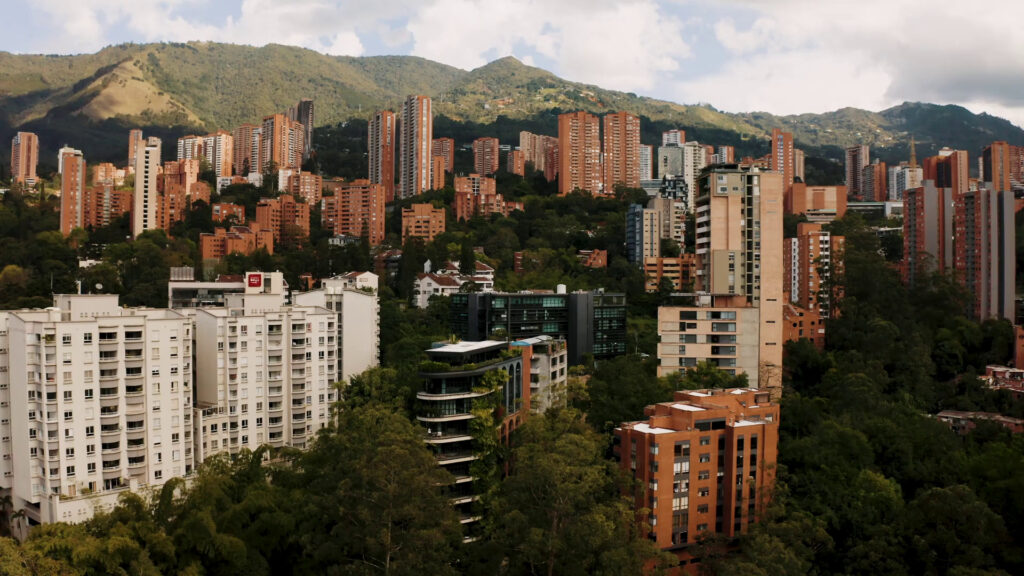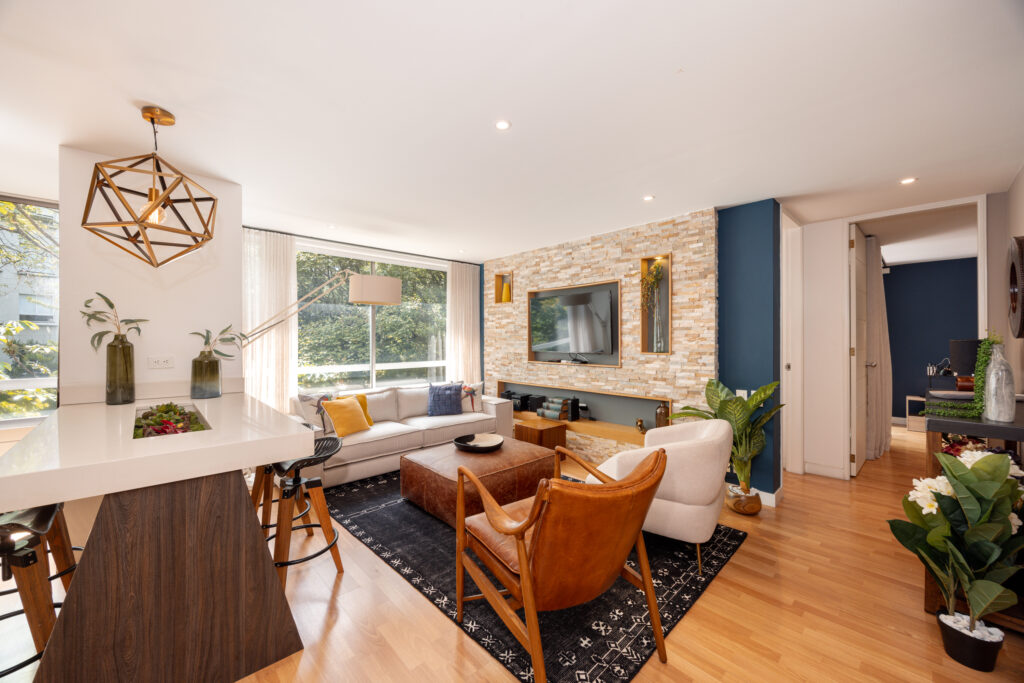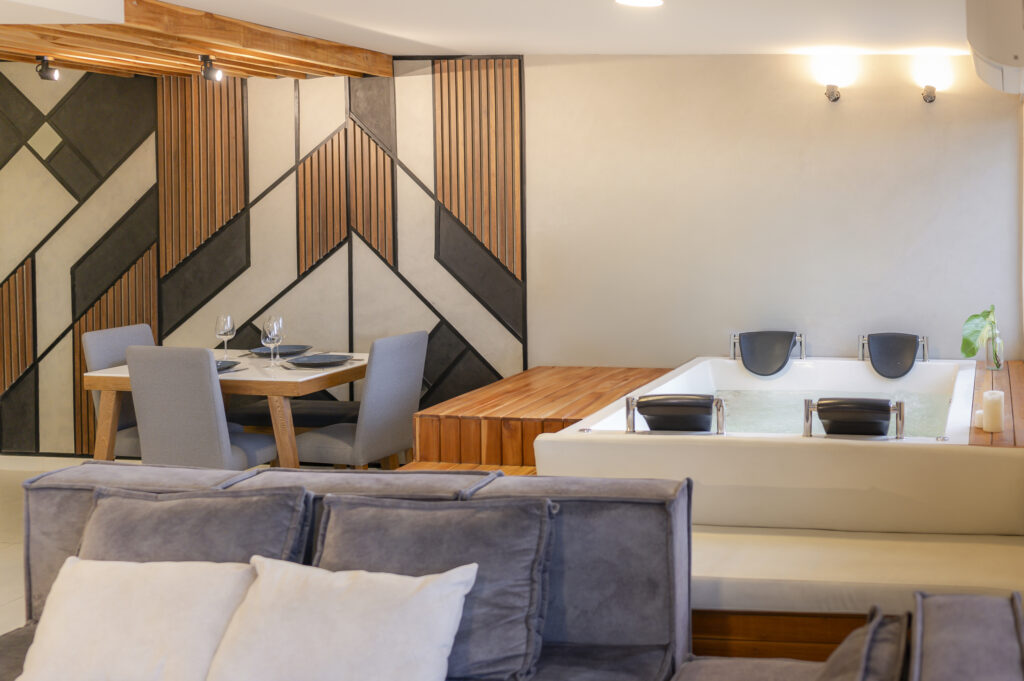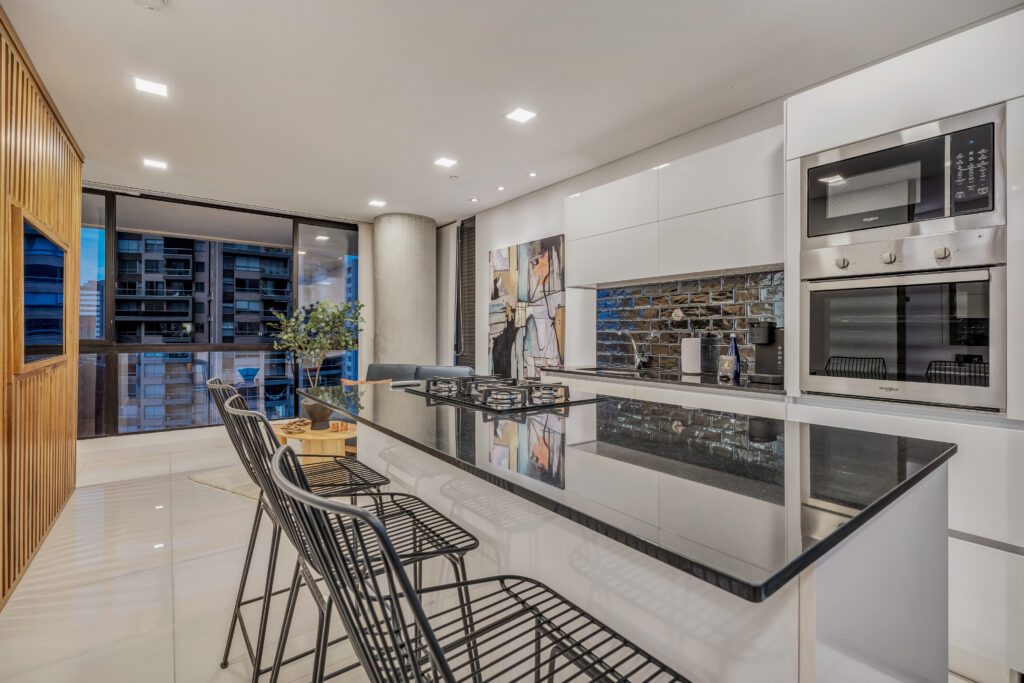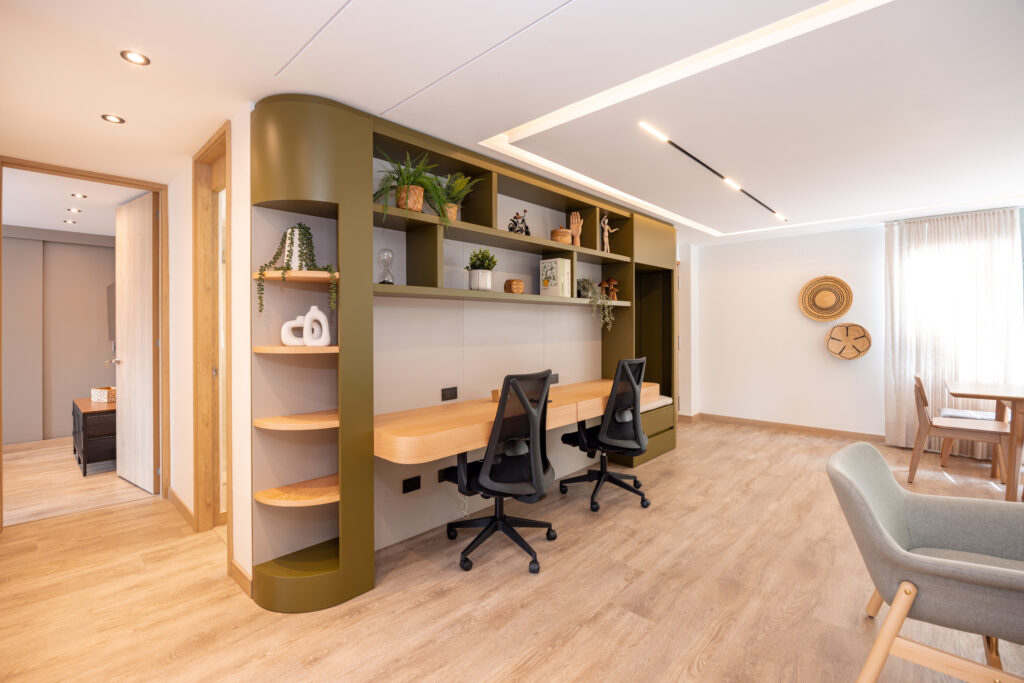TLDR? In Necoclí, you can even have a facial straight from small mud volcanos!
Do you know that Antioquia, besides the beautiful green landscapes, also has beaches? And it’s also a home for many mangroves that grow wildly into the same water?
Necoclí is a small town in the upper part of the Golfo de Urabá. Together with Turbo, San Juan de Urabá, and Arboletes, Necoclí’s one of the four Antioquian municipalities facing the sea.
If you’ve already fallen in love with Antioquia, these stunning areas will make you appreciate the region even more!
Keep reading to find out all about the beaches and mangroves of Necoclí.
Necoclí
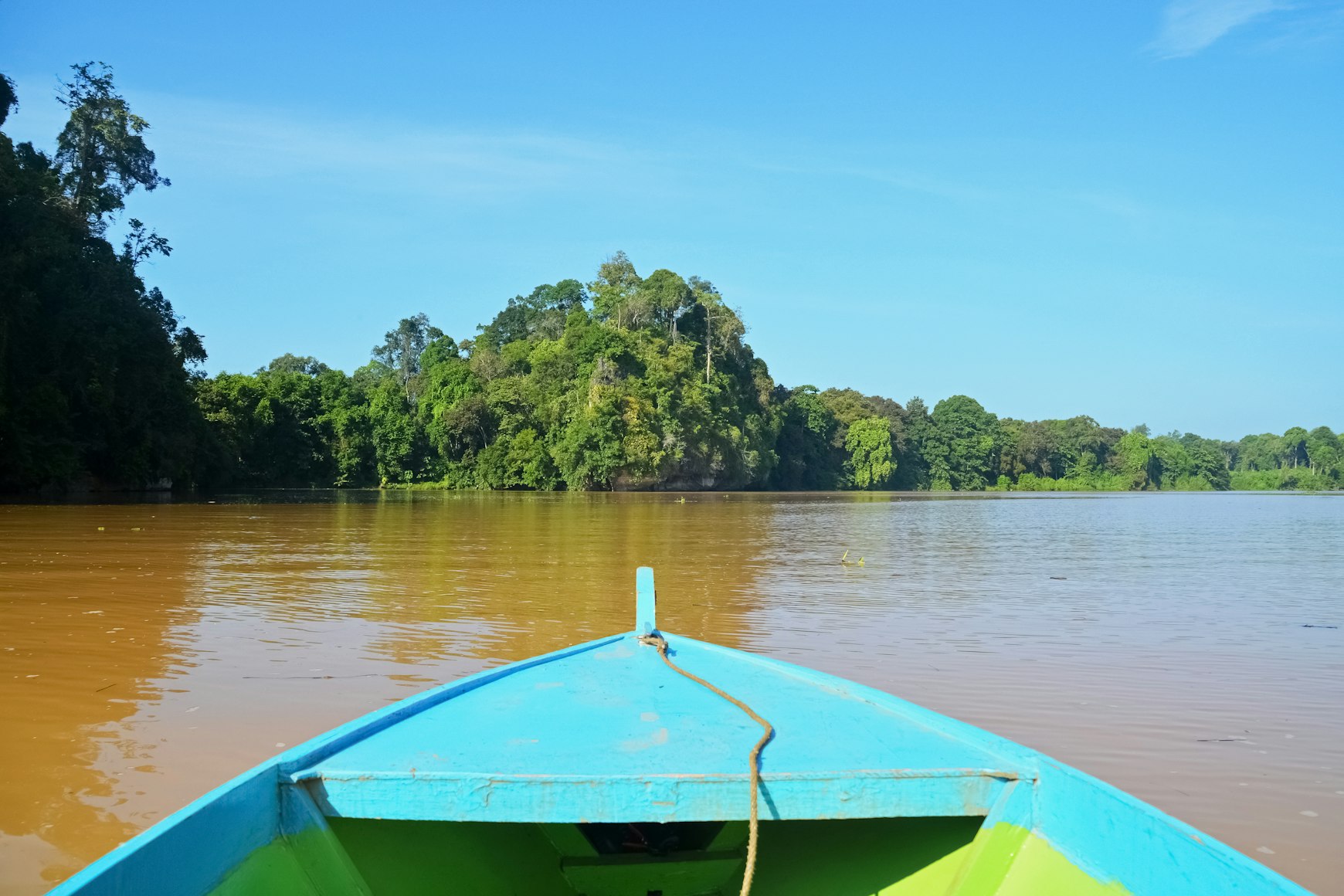
This municipality of Urabá has two Volcanes de Lodo, a few hills, nine beaches that bathe in the Caribbean sea, and the Marimonda swamp, the largest freshwater mirror in Antioquia.
Most of the region’s fishing happens in Necoclí, where you’ll find tarpon, grouper, snapper, and other species. If you’re lucky, you may also have the opportunity to see a manatee, which is an endangered species!
The legend says that a tired and thirsty traveler came to this place asking for water, and the villagers of that time answered: “Ni Coclí hay por allí” – which means that they didn’t even have “Coclí” there, a popular drink. That’s how the town got its name, Necoclí.
For football enthusiasts, Necoclí’s the birth city of Juan Guillermo Cuadrado.
The Mangroves
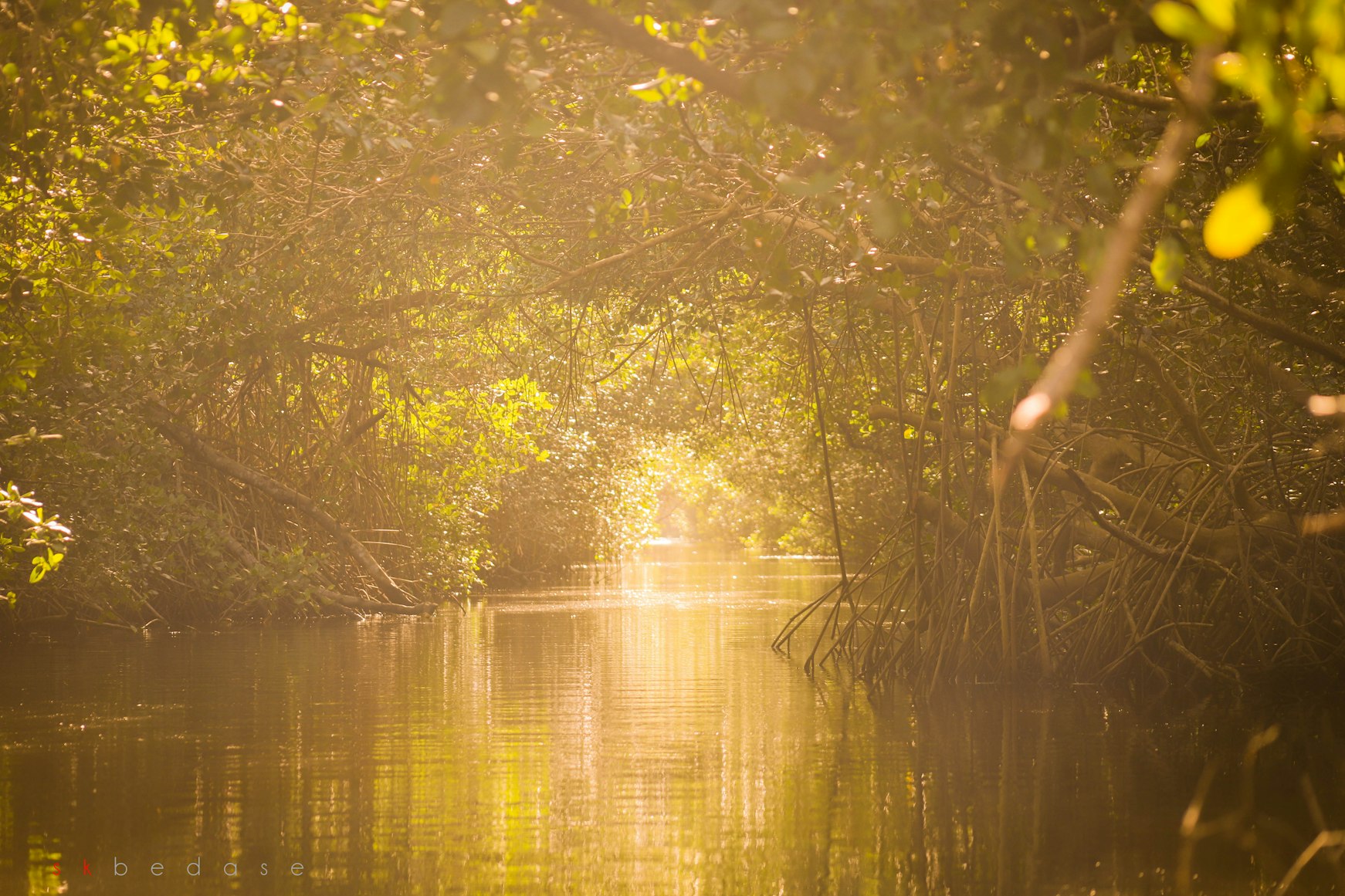
Two of the best places to see these water trees are the Ensenada de Rio Negro and Cienaga la Marimonda.
Ensenada de Rio Negro is a biological and natural reserve in Necocli with almost 670 acres (270 hectares) of mangroves that create natural labyrinths and unique landscapes. Ensenada is a fishermen’s favorite place due to the quantity and variety of fish, oysters, mollusks, and crustaceans.
Ensenada’s also known for the migratory birds that stop to rest on the mangroves. The fishermen also say that, in some seasons, it’s possible to see planktons: these little organisms will brighten up the water at night and make your tour all the more magical.
I suggest you go on a boat tour from Playa el Pescador to see these majestic trees and jump into the warm and quiet water of the mangrove sea.
Another huge swamp is Cienaga la Marimonda. It’s about nine miles (15 km) away from Necocli and has a great diversity of fauna: birds, mammals, and reptiles, besides the stunning flora that creates a tropical forest around the Mangroves.
The Beaches
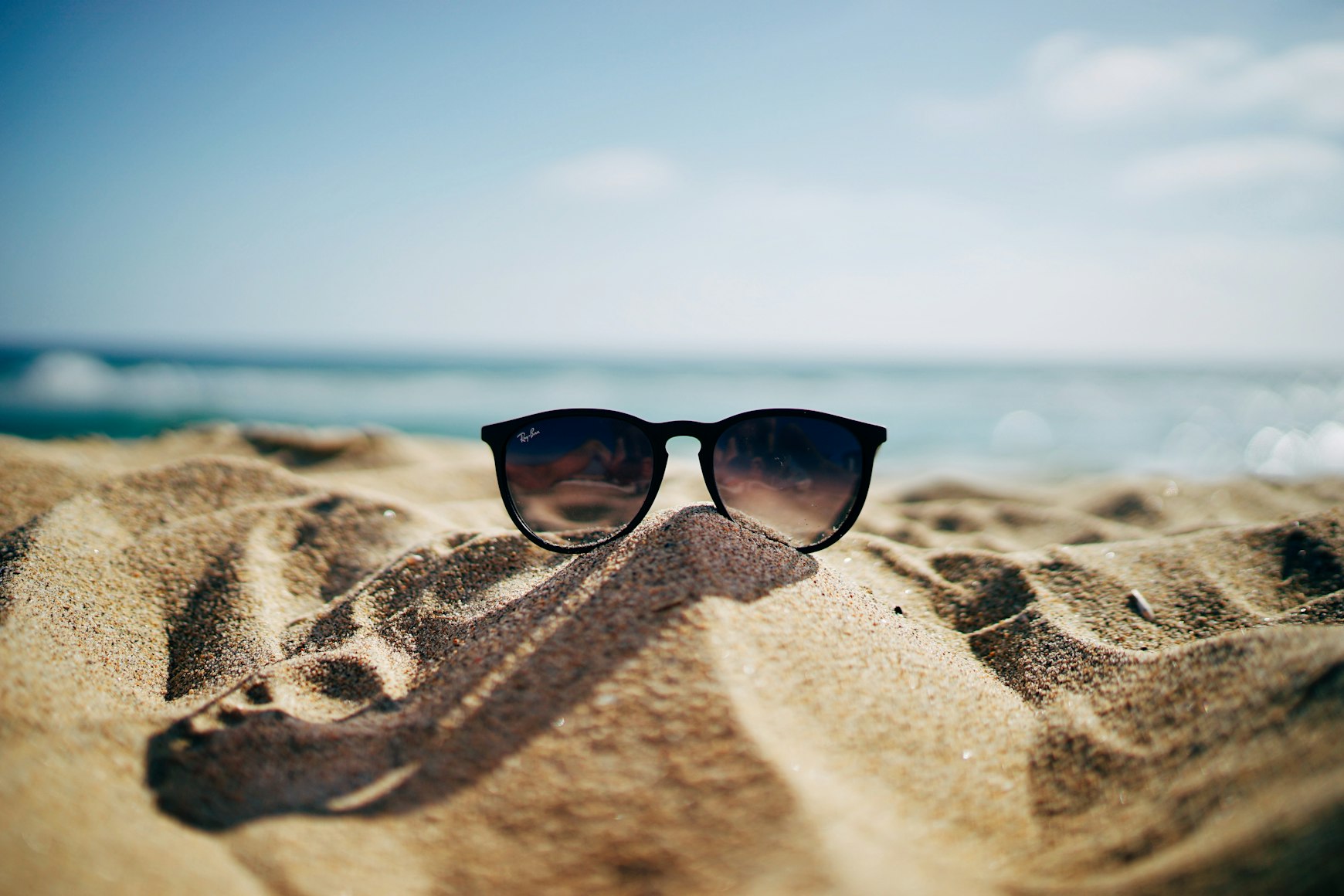
Necoclí’s beaches are known for their crystal clear waters and soft golden sand.
Every beach in Necocli is full of coconut trees, which is why they have a Fiesta del Coco to celebrate the importance of the Coconut in this area.
These are the most famous beaches, but you can rent a bike and discover the lonely and less known.
- Playa Bobalito: this is the most famous beach, thanks to the many sea turtles that come to lay eggs. It’s 18 miles (30 km) from downtown, but the experience here will be worth the trip! This year, Playa Bobalito was closed until July to protect a species of turtles, so I suggest checking if it’s already open before going there.
- Playa Linda: lonely and quiet, perfect for families or couples.
- Playa El Pescador: Playa del Pescador is Necoclí’s main beach. Close to downtown, it offers many services and restaurants for tourists.
- Playa El Turista: my favorite! This beach has one of the clearest waters in Necocli!
- El Totumo: this is an almost unknown virgin beach, which means you won’t find any bars or restaurants there. Better to bring your food and snacks!
What to Do in Necocli
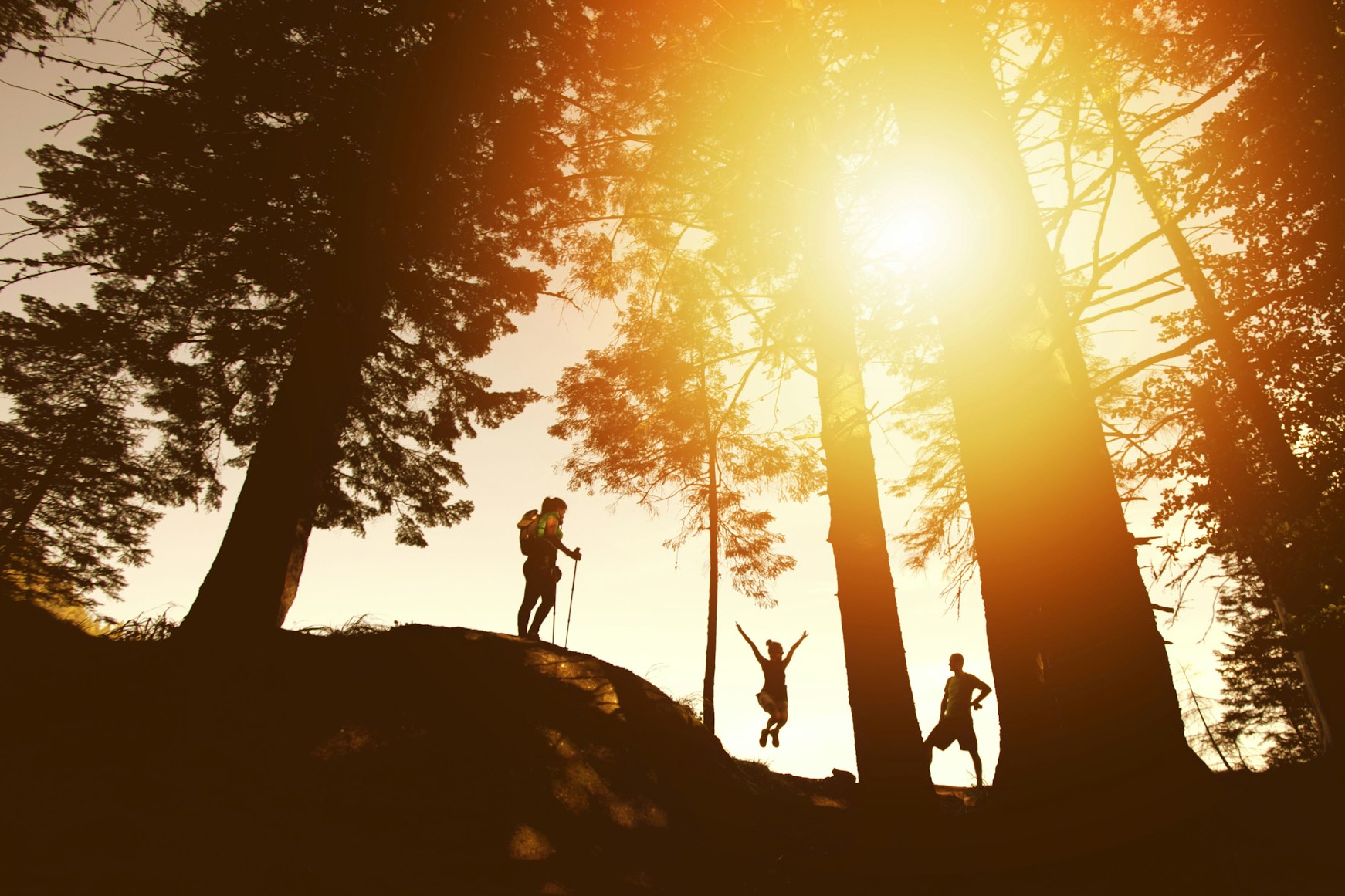
Necocli isn’t just beaches and mangroves: there’s much more to it! The many tourist agencies in the city’s center will sell you different activities. These are some of the best:
- Tour Árbol Mágico del Amor y La Vida: is a one-day hike that will bring you to an enormous magic tree of love and life! You’ll also enjoy the story behind this name!
- Volcan de Lodo: the one located in the Hacienda Virgen is the most famous and turistic. It’s a small mud volcano, 32 feet (10m) in diameter, with natural clay known for making the skin soft and smooth.
- Cerro del Águila: a nice hike that’ll bring you to the most beautiful view of Necocli.
- Eco walking with horses: horseback riding in the landscapes of Necocli, with a tour that includes the guide, lunch, and transport.
How to Get There
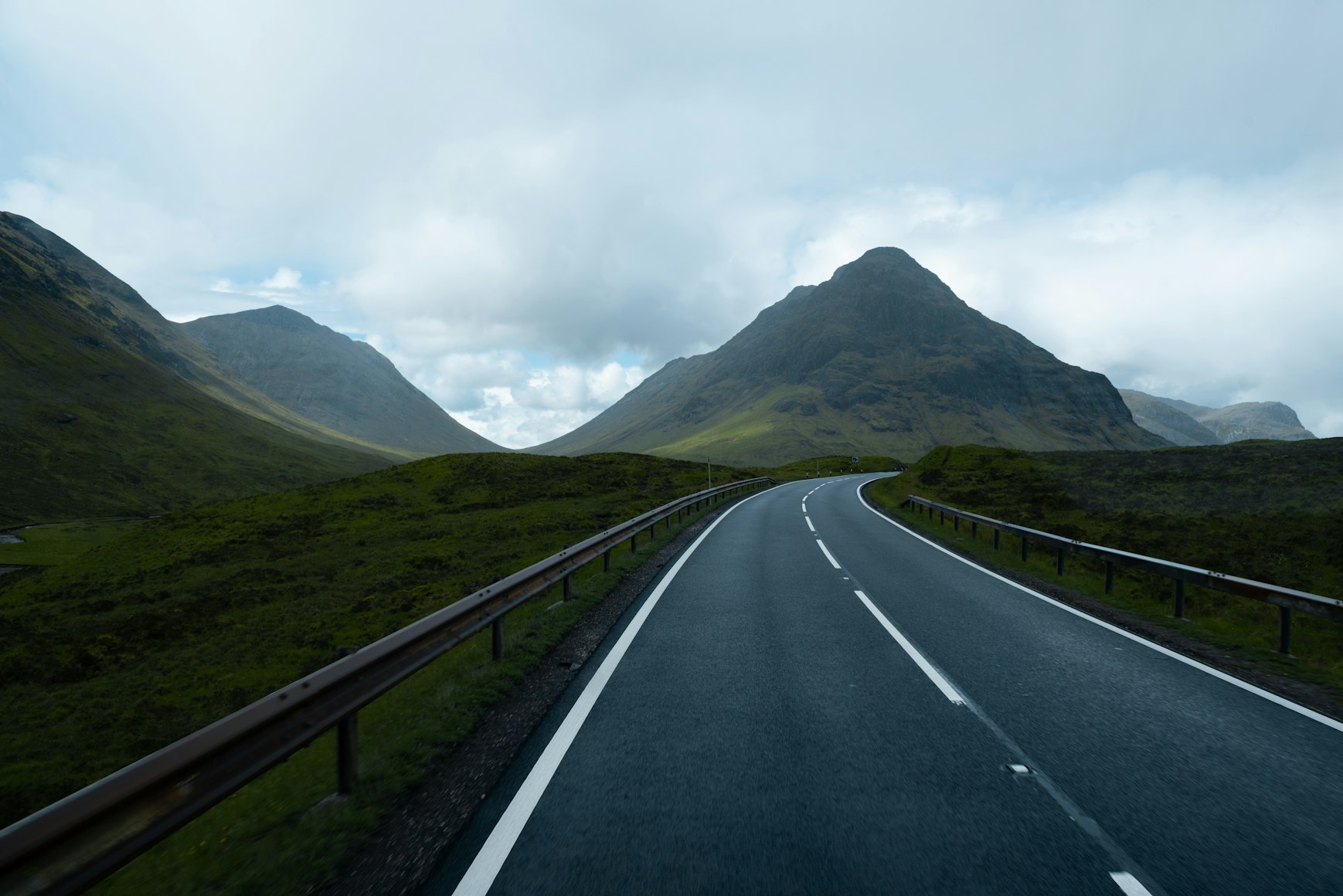
Necocli’s about 248 miles (400 km) from Medellín, and there are many options to get there:
By Flight
You can get a flight from Medellin to one of the closest airports to Necocli:
- Antonio Roldan Betancur Airport in Apartado: the flight will cost about $100, but then you have to take a taxi or a bus to get to Necocli, which is about 62 miles (100km), and two hours away.
- Los Garzones Airport in Monteria: the flight is cheaper, less than $100, but Monteria is farther from Necocli, and it takes about three hours with a bus to get there.
By Bus
Always the cheapest but the slowest option. It’ll take approximately nine hours (it depends on the traffic and the weather) from the Terminal Norte of Medellin.
Few bus companies go through this route, and some also have night buses, so you can leave at night, arrive in the morning, and sleep during the trip.
By Car or Motorbike
A good option if you have a car or motorbike or you want to rent one. Just consider stopping overnight somewhere if you think nine hours of driving is too much, especially with the motorbike. Going by car can also be an excuse to discover other places in Antioquia!
Fall in Love with Necoclí!
Ask a local to get you a coconut out of some palm tree and sip the refreshing water while looking at the stunning beaches and mangroves of Necocli!
Explore this not-so-famous (yet) city and spread about these other gems of Antioquia.
If you like this blog, you might like the Casacol Instagram page to keep up with all the new articles. Anything we need to update or correct? Care to contribute? Email us at blog@casacol.co.

